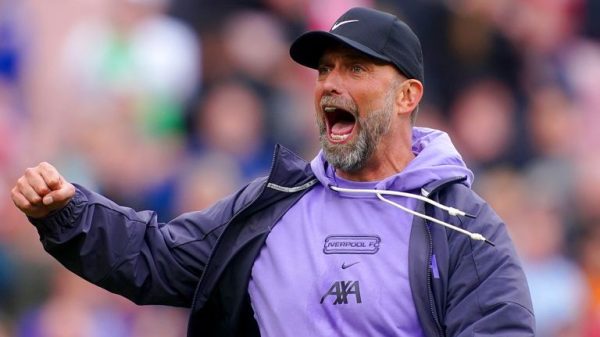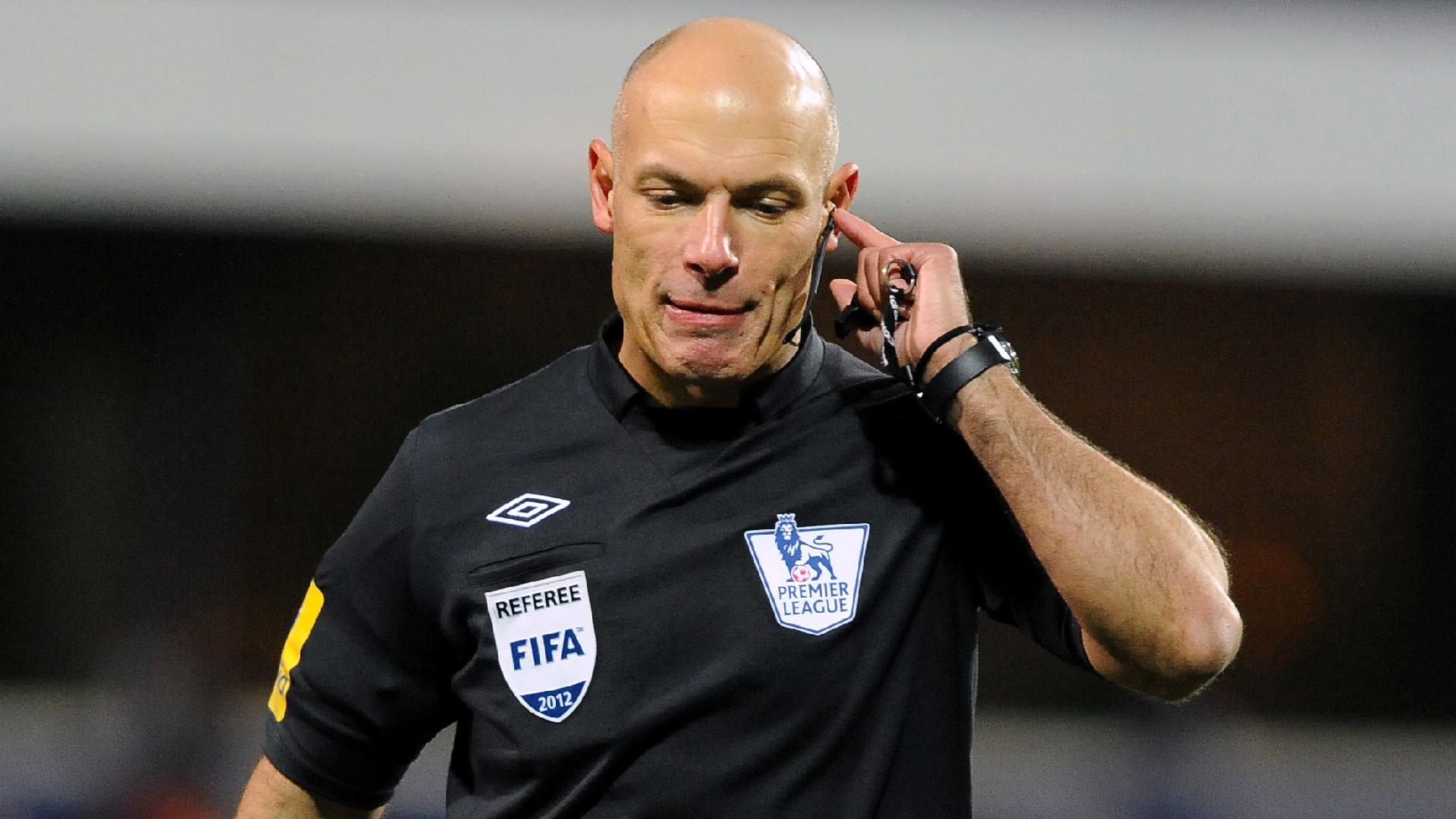Howard Webb makes VAR admission after West Ham goal vs Aston Villa ruled out
In their 1-1 draw with Aston Villa over the weekend, West Ham United was fortunate to have a VAR ruling go against them, and it took a while for the goal to be declared out.

Following a protracted wait during West Ham United’s 1-1 draw against Aston Villa over the weekend, PGMOL Chief Referee Howard Webb acknowledged that there were instances where VAR might expedite their procedures.
With ten minutes remaining at the London Stadium, Michail Antonio’s first-half goal was cancelled out by Nicolo Zaniolo, giving Villa a crucial point in their quest to finish in the top four.However, if VAR hadn’t been used, the Hammers might have won.
The ball struck Jarrod Bowen and Tomas Soucek after it was crossed by James Ward-Prowse and into the net. The ball struck Hammers midfielder Soucek’s arm in the penalty area, according to VAR, but referee Jarred Gillett gave the team an on-field goal.
Gillett was then told to look at the monitor, where he saw that the Hammers’ goal had been ruled out and concurred with his colleagues at Stockley Park. But as it took five and a half minutes to finish, fans in the stadium became irate, and some started to wonder why Gillett was called in to examine the ruling.
Birmingham Live says that Webb acknowledged the decision may have been reached more quickly while outlining the procedure on Match Officials Mic’d Up. When the boys reflect on this one, I believe they’ll find several instances when they could have worked a little bit faster to expedite the process.
He concurred with the VAR in this instance. He perceived that Jarrod Bowen was purposefully pushing the ball forward, and as a result, he disallowed the goal. It took some time to arrive at the right conclusion, though.



















